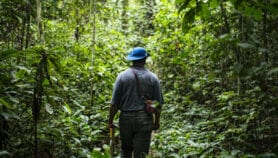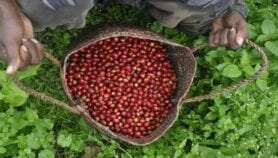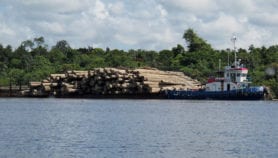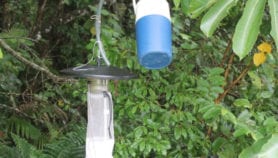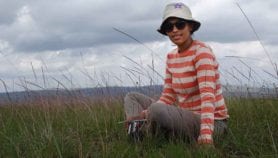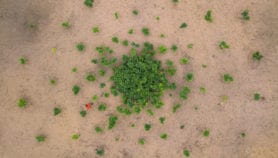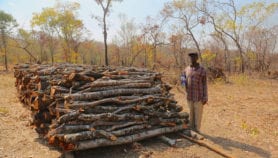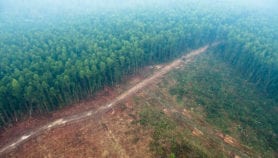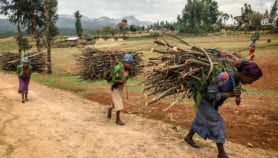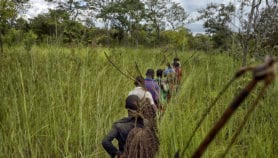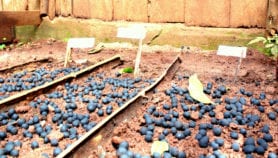Send to a friend
The details you provide on this page will not be used to send unsolicited email, and will not be sold to a 3rd party. See privacy policy.
Below is a round up of news from or about Sub-Saharan Africa for the period 27 August–10 September 2007.
East African researchers build better tsetse fly trap
Scientists from Kenya and Uganda have built a better tsetse fly trap, allowing for cheaper, simpler monitoring of the insect, the source of sleeping sickness among both humans and livestock in East Africa. The research, done on an island in Lake Victoria, was reported in the Journal of Insect Science. More>>
Fighting AIDS in rural regions
HIV and other sexually transmitted infections in women can be successfully monitored and treated in a resource-poor, rural setting by integrating counselling, testing and treating into nurse-run antenatal and family planning services, according to a report in the September 2007 issue of the Journal of Advanced Nursing. More>>
Biodiversity under threat across continent
Biodiversity is under threat in many of the most prestigious national parks in Africa, according to a series of studies in the September 2007 issue of the African Journal of Ecology. The review, covering the entire continent, suggests that before long, Africa’s wildlife heritage may resemble European-style isolated pockets of biodiversity. More>>
Soil degradation ‘biggest obstacle to food security’
A continent-wide research effort to save South Africa’s soils is urgently needed. So say researchers in the report ‘Saving Africa’s Soils — Science and Technology for Improved Soil Management in Africa’, published by the World Agroforestry Centre. Soil fertility and degradation is the single biggest obstacle to food security, they argue. More>> ![]()
Marine scientists monitor reef health
Researchers from the Comoros Islands and Seychelles, as well as Kenya, Mozambique and Tanzania are using remote sensing and satellite technology to monitor environmental indicators such as coral reefs. The Western Indian Ocean Marine Science Association is also offering research grants for capacity building. More>>
Ghanaian researchers offer updated maize
Four new varieties of drought-tolerant maize have been developed by agricultural scientists at the Crop Research Institute in Ghana, targeted for use in both school feeding schemes and poultry feed. The new types of maize, which contain additional amino acids, replace earlier maize varieties, which had become prone to disease. More>>
Green chemistry for Ethiopia
Ethiopian scientists are finding more environmentally friendly ways to create chemicals needed in an industrialised economy. The new techniques enable African scientists to participate more fully in the search for new chemicals and techniques to replace fossil-fuel-based products. More>>
South Africa offers nanotechnology funding
The end of October is the deadline for applications to the National Research Foundation’s nanotechnology flagship, designed to kick-start research in this field. 27 million rand (US$3.7 million) has been allocated for public universities or institutes conducting nanotech research in mining, water, health and energy. More>>
Boosting biotechnology in Africa
Several hundred scientists will learn more about how to communicate about biotechnology as well as intellectual property and technology transfer issues this month in Cape Town, South Africa. The conference will also hold sessions on global health, plant and environmental biotechnology and developing the biotech industry in developing countries. More>>


